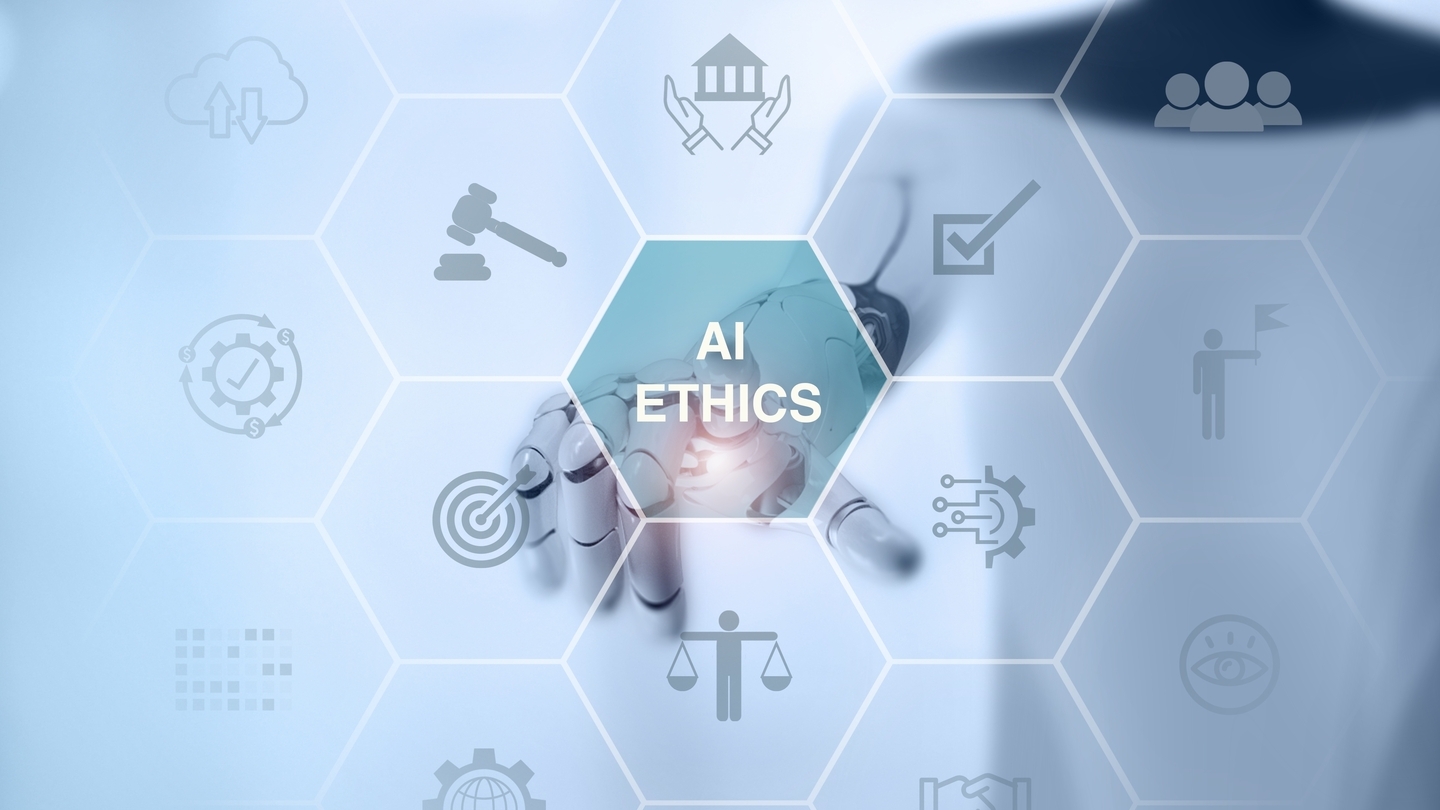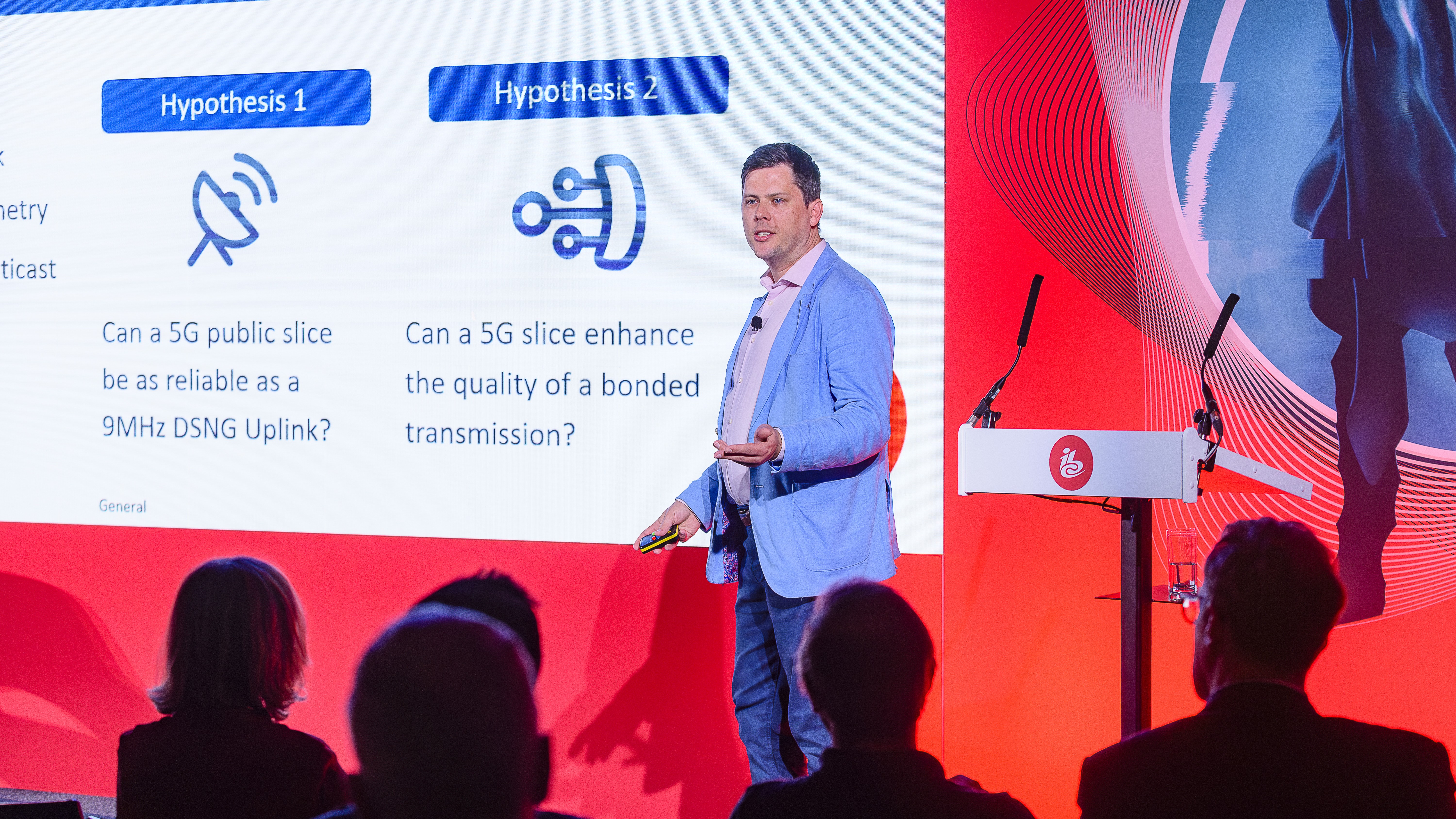In the second of two articles about the IBC’s long-running Technical Papers Programme, David Davies looks at some of the prominent technologies and topics among the 2024 submissions.
In the first of two articles about the IBC’s Technical Papers programme, we looked at the objectives and structure of the annual ‘call for papers’ and ensuing selection process and conference. In this second feature, the focus turns to the ‘class of 2024’, which was eventually filleted down from more than 300 proposals to around 40 whose authors were invited to submit full papers. Of these, a total of 24 will be presented across nine sessions at the IBC 2024 conference.
Once again, as Executive Producer, Technology, Dr. Nicolas Lodge – who works closely on the Technical Papers Committee with its Chair, Dr. Paul Entwistle – notes in his introduction to ‘The Best of IBC 2024’ publication: “The 20 committee members were not only looking for contributions which are highly novel, but which are also topical, analytical, entertaining, educational, well-written, and which have the potential to make a significant impact upon the media industry. Often the best papers will also have demonstrated their success through simulation, prototype development or full practical trials.”...
You are not signed in.
Only registered users can view this article.

Finding our ethical true north on AI: Part II
Part two of our insight into AI ethics and regulation continues with observations on industry efforts around standards and best practices, and why human impact should be the guiding force. James McKeown reports.
/Source - shutterstock_2464837145 (1).jpg)
Digital Catapult: AI innovations to supercharge the creative industries
Accelerated VFX workflows, video game characters you can converse with, and auto-generated visual experiences from sound for XR headsets are just some of the AI innovations devised by start-ups as part of a recent Digital Catapult programme. Adrian Pennington reports.
.jpg)
Neural Radiance Fields – A new approach to 3D modelling
From the chemical, mechanical and electrical process of creating a film, to the rise of virtual production, visual storytelling has always turned to cutting-edge technologies. Now Neural Radiance Fields (NeRF) could replace the traditional technological foundations that broadcasting and film are built upon. IBC365 speaks to leading researcher, Professor Ravi Ramamoorthi.
.jpg)
Future predictions – Part II: Leaders and analysts
The coming year hints at big changes in focus and innovations for the media and entertainment world. With giant leaps in AI advancements, streamlining production and the road ahead for ad-tech, how can vendors meet the demands of the hungry yet cost-conscious consumer, whilst staying ahead of the game? John Maxwell Hobbs gathers more expert insight from leaders and analysts in the second part of our future predictions series.

Future predictions – Part I: Broadcasters and suppliers
As we wrap up 2024, it’s time to consider what lies ahead for the media industry in 2025. John Maxwell Hobbs probed industry executives to share their crystal ball predictions on themes spanning the impact of AI, the transition from hardware to software-based solutions, data security and ways of reaching new audiences.





